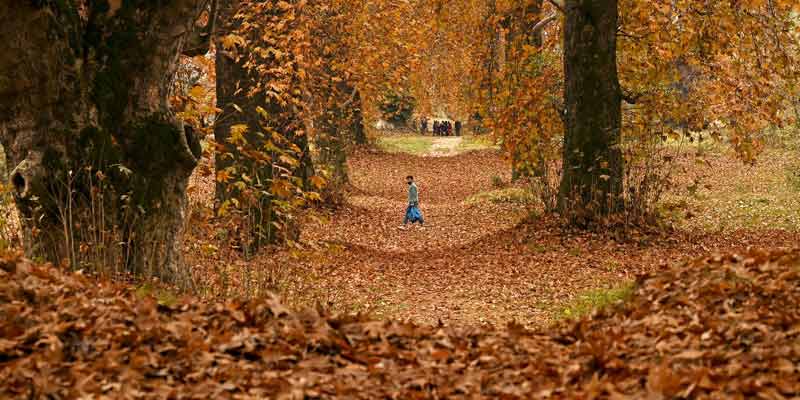- India
- Jan 25
- Kevin Savio Antony
Geo-tagging of chinar trees in J&K
• A ‘Digital Tree Aadhaar’ programme has been launched by the Jammu & Kashmir government for conservation of chinar trees which will see creation of a comprehensive database of the tree facing threats due to rapid urbanisation.
• Under the initiative, the chinar trees — a cultural and ecological symbol of J&K — are being geo-tagged and equipped with QR codes that record information, including its geographical location, health, and growing patterns, enabling conservationists to track changes and address risk factors.
• The campaign involves use of modern technology, including Geographical Information System (GIS), to create a comprehensive database for conservation of the chinar trees.
• The initiative aims to safeguard chinar trees from threats such as urbanisation, deforestation, and habitat degradation.
• The project is being spearheaded by J&K Forest Research Institute (FRI) of J&K Forest Department.
• The QR-based digital plate is affixed to each surveyed Chinar tree using a specialised spring-enabled metal. Each tree is given a unique id like Aadhaar specifying the year the tree is surveyed, the district it is located and a serial number for easy identification.
• Around 28,500 chinar trees have been identified, surveyed and their data updated, and the process is going on.
Key facts about chinar trees:
• Scientific name: Platanus orientalis
• Other names: Known as the Oriental plane tree, maple tree, and locally as Boueen.
• Chinar is a large, deciduous tree that can grow up to a height of 30 meters and have a girth of 10 to 15 meters at ground level.
• The oldest chinar tree in Kashmir, around 700 years old, was planted by the Sufi saint Syed Qasim Shah in Chattergam, located in central Kashmir’s Budgam district.
• The tree takes approximately 30 to 50 years to reach its mature height and around 150 years to attain its full size.
• Chinar tree predominantly grows in eastern Himalayas, thriving in cool climates with ample water.
• Chinar tree’s leaves are known for their colour transformation throughout the seasons, changing from deep green in the summer to vibrant shades of red, amber, and yellow during autumn.
Various parts of chinar tree are utilised for different purposes:
• Leaves and bark: Used in traditional medicine.
• Wood: Known as lace wood, used for making delicate interior furniture.
• Twigs & roots: Used for making dyes.
(The author is a trainer for Civil Services aspirants.)

